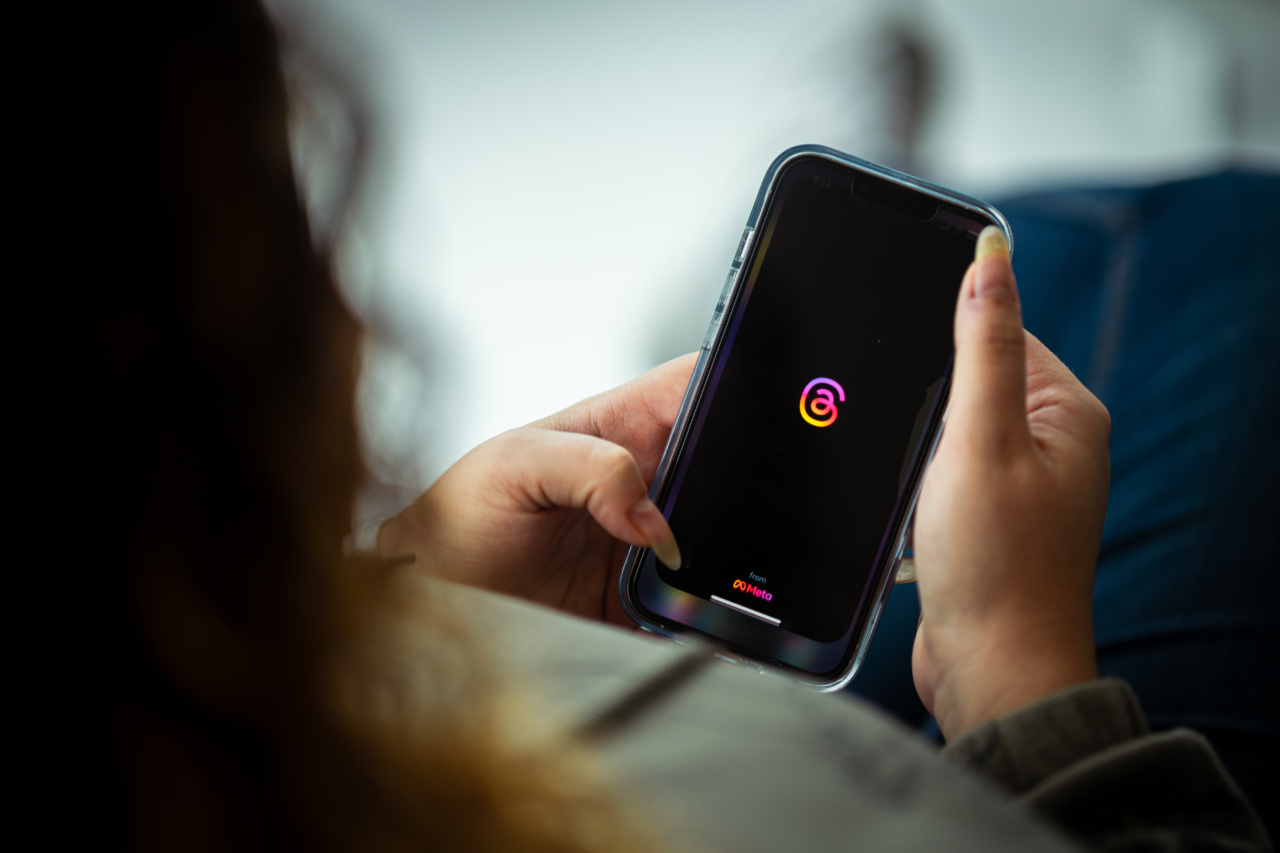In today’s fast-paced world, technology plays a vital role in our daily lives. From our smartphones to our laptops, we depend on these devices for communication, work, and entertainment.
While we may be aware of the germs and bacteria lurking in the bathroom, there is a surprising revelation – some of our beloved tech gadgets are actually dirtier and germier than the bathroom itself. In this article, we will explore the tech that tops the charts when it comes to harboring germs and the importance of proper cleaning and hygiene practices.
1. Our Beloved Smartphones
Smartphones have become an extension of our hands, always within reach. We constantly touch them, hold them against our faces, and place them on various surfaces. It’s no wonder that our smartphones harbor an alarming number of germs.
A study conducted by the London School of Hygiene & Tropical Medicine found that smartphones have up to ten times more bacteria than most toilets.
2. Keyboards Infested with Germs.
Whether it’s the keyboard on your laptop or the one attached to your desktop computer, it’s high time to give it a second thought.
Keyboards are a breeding ground for bacteria, especially if you eat at your desk or fail to clean it regularly. According to a study conducted by CBT Nuggets, keyboards can be hosts to more than 20,000 times the number of germs found on a toilet seat. Just the thought of it is enough to make you reach for the hand sanitizer!.
3. The Filthy Trackpads.
Trackpads are another tech item that we touch frequently, often without washing our hands before use. These seemingly harmless innovations can be dirty to a surprising extent.
In fact, studies have shown that trackpads can harbor up to 100 times more bacteria than a bathroom faucet.
4. The Pressing Issue of Remote Controls.
Remote controls have long been known as dirt magnets. Whether it’s the TV remote or the one that controls your home entertainment system, it’s not uncommon for these gadgets to be shared among family members or guests.
A study conducted by WebMD discovered that remote controls are one of the germiest items in hotel rooms, with fecal matter being commonly found on them. It is essential to sanitize remote controls regularly to avoid the transmission of harmful bacteria.
5. The Unclean Headphones/Earbuds.
Headphones and earbuds are accessories we use consistently, often in public places. Our ears and the surrounding area can be a breeding ground for bacteria, and when we use headphones or earbuds, we transfer those bacteria onto the device.
A study conducted by Which? found that the bacteria on headphones can exceed safe levels, potentially causing ear infections or other health issues. Cleaning headphones and earbuds regularly can help minimize the risk.
6. Dirty Gaming Controllers.
Gaming controllers are a haven for germs, especially for avid gamers. Hands become sweaty and unclean during intense gaming sessions, and the lack of proper hygiene practices can lead to an accumulation of bacteria.
A study conducted by the University of Surrey found that gaming controllers can have up to 40 times more germs than a toilet seat.
7. The Alarming Truth About Touchscreens.
Touchscreens, such as those on ATMs, self-checkout machines, and tablets, are touched by countless people throughout the day. This constant contact makes them susceptible to a high concentration of germs.
A study by Interscience Conference on Antimicrobial Agents and Chemotherapy found that a single touchscreen device can harbor more than 30 times the bacteria found on a toilet seat.
8. The Grimy Computer Mouse.
A computer mouse is widely used in offices and homes, making it another breeding ground for germs. People often touch computer mice without washing their hands, transferring bacteria from their hands to the mouse surface.
A study conducted by Initial Washroom Hygiene revealed that computer mice can contain bacteria responsible for urinary tract infections and pneumonia.
9. Printers, the Germ Hotspots.
Shared office printers are often neglected when it comes to cleaning. Employees gather around these germy devices, sometimes coughing or sneezing without covering their mouths.
Printers can easily become germ hotspots due to the high traffic of people and the lack of regular cleaning, leading to the rapid spread of bacteria.
10. Dirty Wi-Fi Routers.
Wi-Fi routers are the gateways to our internet connection, but they are also hiding another dirty secret – germs. These devices are rarely cleaned, tucked away in corners or hidden behind furniture.
A study conducted by the University of Arizona found that the average household Wi-Fi router contains more bacteria than a dog’s bowl.
The Importance of Proper Cleaning and Hygiene
With the knowledge that our tech gadgets can be germier than the bathroom, it’s crucial to understand the importance of proper cleaning and hygiene practices.
Regularly cleaning and sanitizing our devices can help reduce the risk of spreading harmful bacteria and potentially prevent illnesses.
When it comes to cleaning tech gadgets, it’s essential to follow manufacturers’ guidelines to avoid damaging the devices. However, here are some general tips to keep in mind:.
1. Use Alcohol-Based Wipes or Sprays
Alcohol-based wipes or sprays can effectively kill most bacteria and viruses on tech surfaces. Be sure to choose a cleaning product that is safe for use on electronics and follow the instructions provided.
2. Clean Regularly
Make cleaning your tech devices a regular habit. Set a schedule to wipe down your smartphone, keyboard, mouse, and other frequently used items at least once a week.
If you share devices with others or use them in public spaces, consider cleaning them more frequently.
3. Keep Cleaning Tools Separate
Designate specific cleaning tools for your tech gadgets to prevent cross-contamination. Avoid using the same cloth or wipes for different devices to avoid spreading germs.
4. Don’t Forget the Accessories
Remember to clean the accessories that come in direct contact with your body, such as headphones, earbuds, and smartwatches. Follow the manufacturer’s instructions for cleaning these items without causing damage.
5. Practice Good Hand Hygiene
Washing your hands regularly is one of the simplest and most effective ways to prevent the spread of germs. Before using your tech devices, make sure your hands are clean to minimize the transfer of bacteria.
6. Avoid Eating or Drinking Near Devices
Eating or drinking near your tech devices increases the risk of spills and crumbs, which can attract bacteria. Create a designated eating area to separate your meals from your gadgets.
Conclusion
While we prioritize cleaning our homes and bathrooms regularly, we often overlook the cleanliness of our tech gadgets. As we’ve discovered, many of our cherished devices are hotbeds for bacteria.
By taking simple steps to clean and practice proper hygiene, we can reduce the risk of spreading harmful germs and protect our health.






























